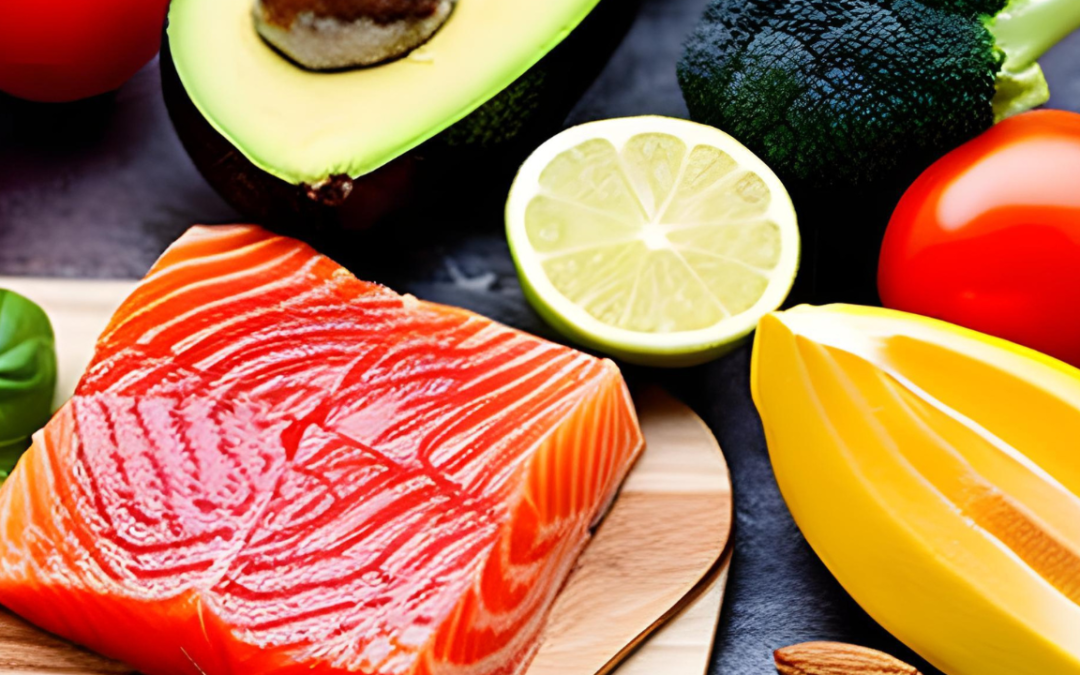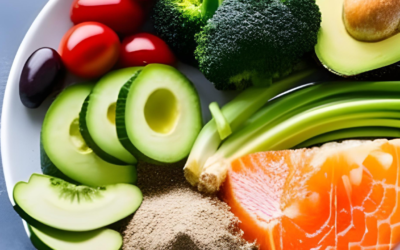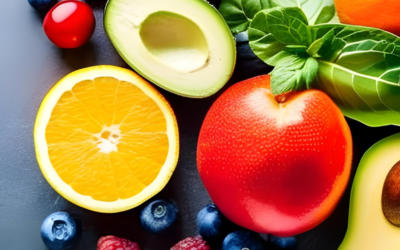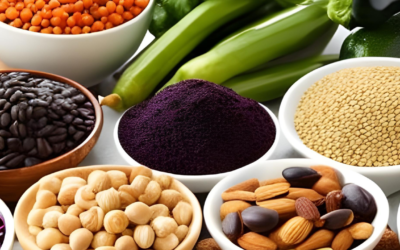Aloe vera, equally called the “plant of immortality or eternality,” has been utilized for a long time for its unimaginable healing properties.
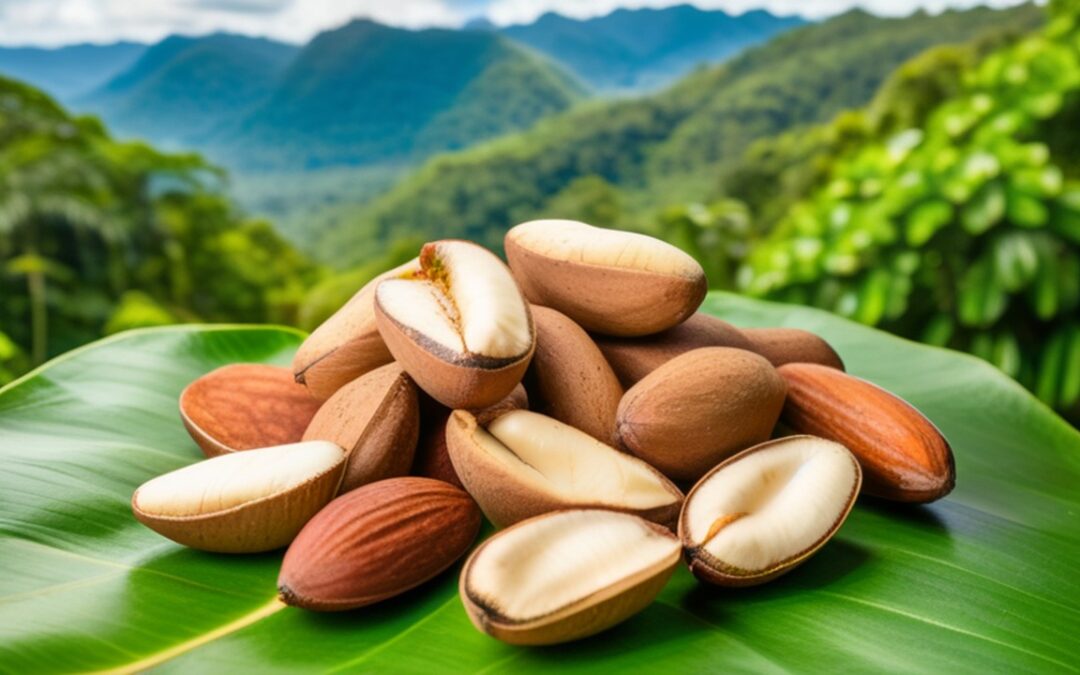
Discover The Best Nutritional Wonders Of Brazil Nuts From Amazon
Discover The Best Nutritional Wonders Of Brazil Nuts From Amazon
Introduction to Brazil nuts
As a health-conscious individual, you are always on the lookout for nutritious foods that can support your well-being. One such food that has caught attention is Brazil nuts. These scrumptious Brazil nuts, straight from the depths of the Amazon, aren’t just a flavor sensation – they’re also full of vital nutrients.
Let’s set sail on an exploratory voyage, uncovering the potent health benefits, intriguing origin story and remarkable nutritional profile that make these Amazon rainforest treasures – Brazil nuts – such a standout.
Nutritional benefits of Brazil nuts
Brazil nuts are packed with a wide range of essential nutrients that contribute to our overall health. These nuts? They’re like selenium powerhouses, friends. Selenium’s a mineral which is well known to have antioxidant power.
You know, eating on just one Brazil nut can give you all the selenium your body needs for a day. This little object is pretty powerful – it helps keep your immune system in tip-top shape and makes sure your thyroid’s working like it should.
In addition to selenium, Brazil nuts are also rich in magnesium, phosphorus, zinc, and vitamin E. Magnesium, you see, is like the secret sauce for fortifying our skeletal system and keeping a steady reign on blood pressure levels.
As for phosphorus? Think of it as your body’s own turbine—essential for energy synthesis while also acting as guardian to both teeth and bone health. When it comes to ensuring our bodies function like a well-oiled machine, both zinc and vitamin E are non-negotiable.
Zinc is the uncelebrated yet plays a great role during injury recovery and supports our immune system when under attack, while vitamin E captures everyone’s attention by defending our cells from possible harm.
The history and origin of Brazil nuts
The history of Brazil nuts dates back centuries, with these nuts having been consumed by indigenous tribes in the Amazon rainforest for generations. The name “Brazil nut” is derived from the fact that these nuts were traditionally harvested from Brazil, where they are still a significant part of the local cuisine.
Brazil nuts are not your average nut. They come from the Brazil nut tree, scientifically known as Bertholletia excelsa. This towering giant of a tree, the Brazil nut tree we’re talking about here, can soar up to an impressive 50 meters tall.
And get this – it’s got a whopping lifespan that easily surpasses 500 years! You’ll mostly spot the Brazil nut tree, a native of the Amazon rainforest, in places like Brazil, Bolivia and Peru.
Brazil nuts as a superfood
In recent years, the term “superfood” has gained popularity, and Brazil nuts certainly fit the bill. Brazil nuts, loaded with an exceptional blend of nutrients, truly elevate the game when it comes to a well-rounded diet. Brazil nuts are not only rich in nutrients but also bring some serious well-being advantages to the table that can support our general health.
Packed with selenium, Brazil nuts act as a powerful antioxidant. You know, it’s antioxidants which are the superheroes of our bodies. They protect against those nasty free radicals that just want to wreak havoc on our cells.
It gets worse; these troublemakers can kickstart chronic diseases if they’re not put in check. But, with a healthy dose of antioxidants, we’ve got a solid defense line protecting us!
Integrating Brazil nuts into our daily diet doesn’t just amp up the taste; it also fortifies our immunity, fights off cellular harm from oxidative stress and curtails potential encounters with life-threatening ailments like heart disease or cancer.
Health benefits of Brazil nuts
These Brazil nuts, packed to the brim with nutritional value? Forget boring snacks, nuts are a health game-changer, let’s explore their benefits!
Incorporating Brazil nuts into your diet
Incorporating Brazil nuts into your diet is simple and can be done in various ways. One of the easiest methods is to enjoy them as a snack on their own. However, if you prefer a little variety, you can also add them to your favorite trail mix or sprinkle them over salads and yogurt for an extra crunch.
Brazil nuts and weight management
Aspiring to stabilize your weight or shed some extra pounds? Absolutely, this is where the potential benefits of Brazil nuts come in. Brimming with beneficial fats, Brazil nuts aren’t just a delightful nibble but also aid in keeping those hunger moments at check for extended stretches.
Feeding on Brazil nuts, packed with protein and fiber, can help keep your weight in check. That’s exactly why! Highlighting the healthy fats and their effect on cravings makes a strong case for Brazil nuts being transformative.
Brazil nuts and heart health
Many people worry about heart disease, right? So check this out: adding Brazil nuts to what you eat can actually give your heart a bit of a health boost. Packed with monounsaturated fats, Brazil nuts can be your heart’s best friend.
Brazil nuts assume a fundamental part to bring down terrible cholesterol, possibly lessening your gamble of heart disease . Brazil nuts pack a punch with their antioxidant powers, helping to dial down inflammation in your body – another big player when it comes to heart disease.
Brazil nuts and brain health
The brain is a complex organ that requires proper nourishment to function optimally. Brazil nuts can support brain health due to their high levels of selenium and vitamin E. Rich in selenium, Brazil nuts may act as a shield for your brain, supporting cognitive health as you age.
Vitamin E isn’t just a nice-to-have, it’s crucial for brain health! Why? Because it acts like a bodyguard for your brain cells, shielding them from harmful oxidative stress. It’s like having an invisible superhero inside your head, constantly on guard and ready to protect!
How to choose and store Brazil nuts
When selecting Brazil nuts, it is important to choose high-quality nuts to ensure you are getting the maximum nutritional benefits. Look for nuts that are round, smooth, and have a creamy color. Avoid nuts that have a rancid smell or appear discolored.
To store Brazil nuts, it is best to keep them in an airtight container in a cool, dark place. But did you know? There’s another way to keep them fresh even longer – just put the Brazil nuts in your fridge or freezer. However, be sure to bring them to room temperature before consuming to enjoy their full flavor.
Precautions and potential side effects of Brazil nuts
While Brazil nuts offer numerous health benefits, it is essential to consume them in moderation. Brazil nuts are incredibly rich in selenium, and consuming too many can lead to selenium toxicity.
The daily recommended intake of selenium is around 55 micrograms for adults, and just a few Brazil nuts can provide this amount. Therefore, it is crucial to limit your intake to a few nuts per day to avoid any adverse effects.
Additionally, if you have a nut allergy, it is important to exercise caution when consuming Brazil nuts. Reactions to Brazil nuts, if you’re allergic, can swing from just a bit of itchiness and puffing up to really severe responses that could put your life on the line. If you have a known nut allergy, it is best to consult with a healthcare professional before incorporating Brazil nuts into your diet.
Conclusion
So, bottom line? These Brazil nuts are like little health bombs. Nutrient-rich nuts promote a healthy and energized you. Loaded with selenium and good-for-your-heart fats, these nuts don’t just taste great – they’re a powerhouse for your brain too!
Adding Brazil nuts to our meals, not going overboard though, lets us savor their scrumptious flavor and simultaneously get the health benefits they pack. So why not give these Amazonian nuts a try and experience the goodness for yourself?
RELATED POSTS
Discover now the Range of Diseases Aloe Vera can Cure
The most Low Carb Meal Plan to Transform your Life
In the present quick moving world, keeping a healthy way of life can frequently feel like a difficult task.
How to Cultivate stunning Habits for Better Mental Health
In our high speed and burdensome world, dealing with our mental health is fundamental for our general health.
FOLLOW DISCOVERY BLOGGER












